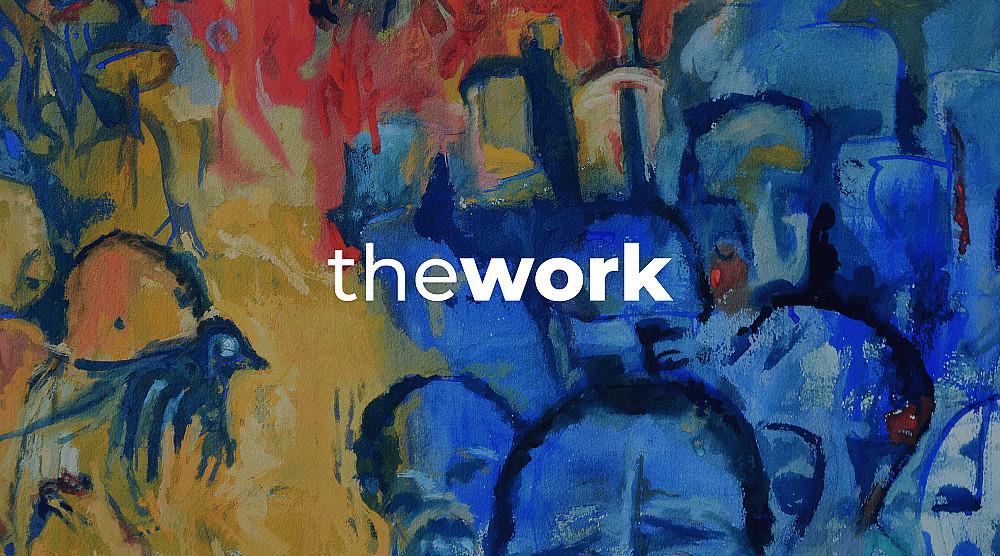Published 31 July 2025 in The Work
Uche Okeke Legacy Editorial
In the history of modern African art, few elements are as recognisable or as quietly transformative as Uche Okeke’s use of line. For Okeke, line was never just a technique or a formal tool. It was, in his words, “a living thing” that could express rhythm, emotion, and movement. His drawings breathe with an energy that reflects the lived traditions and philosophical depth of his Igbo heritage. In Okeke’s hands, line became a form of storytelling. It gave shape to memory, belief, and the pulse of a postcolonial awakening.
This visual language was not developed in isolation. It was shaped by years of rigorous cultural inquiry and a desire to move beyond the boundaries of colonial art instruction. In the late 1950s, during his studies at the Nigerian College of Arts, Science and Technology in Zaria (now Ahmadu Bello University), Okeke joined a group of students who questioned the European art canon imposed on their curriculum. Together, they formed the Zaria Art Society in 1958, a collective that would come to define the intellectual direction of Nigerian modernism.
These young artists called themselves the Zaria Rebels, not for the sake of provocation, but to signal their refusal to accept a framework that erased African histories and aesthetics. Members included Bruce Onobrakpeya, Yusuf Grillo, Simon Okeke, Demas Nwoko, and others, each bringing different regional influences and ideas into the conversation. Their unifying concept was what Okeke would later term Natural Synthesis. The idea was to integrate traditional African art forms with modern techniques, not by simply combining styles but by drawing from the philosophical and symbolic systems of their own cultures (Oguibe, 1999).
Studio sessions often turned into long discussions that continued late into the night. These were not just about brushwork or technique. They were conversations about identity, language, and what it meant to make art in a newly independent Nigeria. One remembered story tells of the group conducting critiques outdoors, drawing in the sand with sticks as they debated aesthetics. In that act, they returned to a deeper source of knowledge - making art in the open, using the earth as canvas, with ideas grounded in place and community.

Uche Okeke, PITO (Native Beer) Bar at Night, 1954
Okeke’s early works, particularly his illustrations of Igbo folktales, embody this return. His lines do more than outline. They gesture, move, and dance across the page. Figures appear mid-sentence, caught in gestures that seem to echo the tone and tempo of oral performance. These are not passive images. They are visual conversations that invite the viewer to listen with the eyes and feel the rhythm of spoken story.
In 1961, Okeke received a major commission that would bring his philosophy of art into a new dimension. He was invited to illustrate Chinua Achebe’s Things Fall Apart, a novel already shaping the global conversation on African literature. Okeke’s response was not to create literal representations of the book’s scenes. Instead, he created spare, emotionally resonant line drawings influenced by Uli, the traditional Igbo art of linear design often painted by women on walls and bodies. His illustrations added another layer to Achebe’s narrative, expressing cultural conflict and spiritual continuity through visual rhythm (Okeke-Agulu, 2015).
These images were deeply in tune with the novel’s themes. Where Achebe’s prose traced the erosion of indigenous authority and the disorienting force of colonial intrusion, Okeke’s lines evoked the unbroken thread of tradition, memory, and resistance. The collaboration between writer and artist became a touchstone for African modernism, showing that literature and visual art could speak in harmony.
In later works such as Ana Mmuo (Land of the Dead) and Obu (The Shrine), Okeke’s line evolved further. These compositions speak to the cosmological structure of Igbo thought, where the physical and spiritual realms are interwoven. In these pieces, Okeke used abstracted forms, minimal colour, and the balance between drawn lines and open space to evoke sacred landscapes. His work became meditative, almost liturgical, using visual language to suggest ancestral presence and metaphysical inquiry.
Uche Okeke, Untitled, Painting, 5 x 11 inches, 1965
Okeke’s line is not contained by the traditions of Western formalism. It is not limited to contour or decorative flourish. It moves with intention. It carries the weight of memory and speaks to the conditions of change. It reflects a modernism that is local in substance and global in scope. It is rooted in ritual, shaped by history, and animated by a vision of cultural renewal.
This was always the deeper mission behind his work. Okeke believed in the power of art to do more than decorate. He believed it could educate, preserve, challenge, and inspire. His line tells stories. It listens to the wisdom of the past. It sings with the voice of the ancestors. And it continues to speak to us today, calling us to look closely and feel deeply.
References
• Okeke-Agulu, Chika. Postcolonial Modernism: Art and Decolonisation in Twentieth-Century Nigeria. Duke University Press, 2015.
• Oguibe, Olu. “Appropriated Culture and the Limits of Authenticity.” In Reading the Contemporary: African Art from Theory to the Marketplace, edited by Olu Oguibe and Okwui Enwezor, MIT Press, 1999.
• Oral histories and interviews with Zaria Art Society members, as cited in Oloidi, Ola, ed. Nigerian Art in the Twentieth Century. Bookcraft, 2002.

